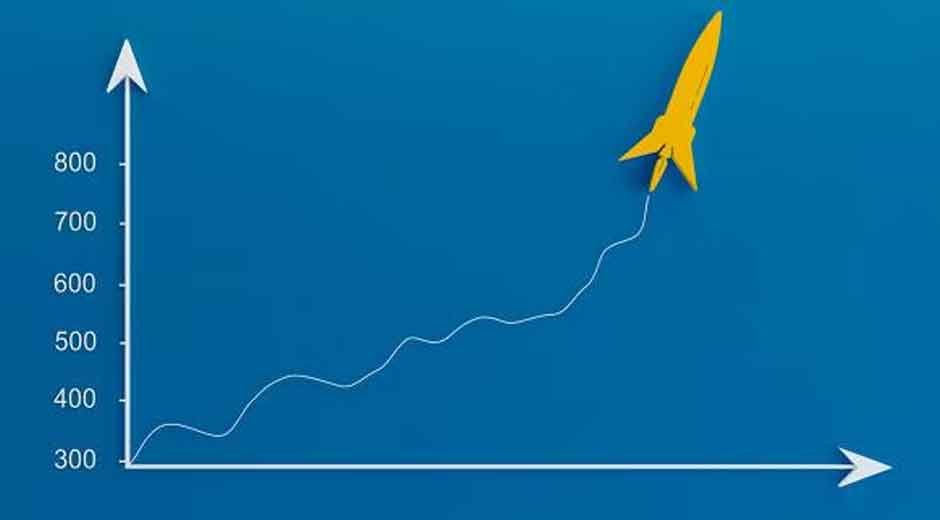From Gut Feeling to Data-Driven Lending
Before algorithms and data shaped financial decisions, lending was largely an exercise in human judgment. Bankers and loan officers relied on intuition, personal relationships, and sometimes prejudice when deciding who qualified for credit. These subjective systems often left borrowers at the mercy of inconsistent standards. Two individuals, engineer Bill Fair and mathematician Earl Isaac, saw an opportunity to bring science and structure to the process.
In 1956, they founded Fair, Isaac and Company with a revolutionary vision: to use statistical analysis to assess credit risk objectively. Their idea was that numbers could tell a clearer, fairer story about someone’s likelihood to repay debt than personal opinions ever could. Over time, their data-driven scoring models would transform not only lending practices but also the financial lives of millions of Americans.
This evolution in how credit was evaluated set the stage for a new era of financial access—one that continues to shape how we think about borrowing, repayment, and even financial recovery through options such as debt relief in New York.
The Early Days of Statistical Scoring
In the 1950s, computing technology was still in its infancy, and the idea of applying mathematical models to human behavior seemed bold. Fair and Isaac were pioneers who combined their expertise in engineering and mathematics to create a formula that could predict credit risk using real-world data.
They began by gathering consumer information—income, payment history, outstanding debts, and more—and analyzing patterns that correlated with repayment behavior. Their statistical scoring approach quantified what had once been guesswork. By identifying measurable factors that influenced loan performance, they provided lenders with a tool to make faster, more consistent decisions.
Initially, banks and credit agencies were skeptical. But as results demonstrated the method’s accuracy, acceptance grew. By the 1960s, Fair and Isaac’s models were being used by major lenders, and the concept of statistical scoring had taken root in American finance.
The Rise of Computerized Credit Evaluation
As technology advanced, so did the sophistication of credit scoring. The 1970s and 1980s saw computers become powerful enough to process vast amounts of data quickly, allowing more precise and scalable models. This was a turning point. Credit scoring evolved from a niche analytical service into a standardized system capable of evaluating millions of consumers efficiently.
One of the key breakthroughs came with the ability to integrate credit bureau data on a national scale. Instead of relying solely on local bank records, lenders could now access broader credit histories from agencies like Equifax, Experian, and TransUnion. These centralized data sources enabled the creation of a uniform scoring system applicable across the financial industry.
This environment paved the way for the introduction of the first general-purpose FICO credit score in 1989. Designed with a range from 300 to 850, the FICO score offered a standardized, numerical way to interpret credit risk. Suddenly, lenders, insurers, and even landlords had a single, trusted benchmark for evaluating financial reliability.
The Impact of the FICO Score
The FICO score did more than standardize lending—it democratized access to credit. By replacing subjective human assessment with objective statistical scoring, the system reduced bias and expanded opportunities for people who might previously have been overlooked. Borrowers no longer needed to rely on personal relationships with bank officers; their financial history spoke for itself.
At the same time, this new system placed greater responsibility on consumers to manage their financial behavior carefully. Late payments, high credit utilization, or too many credit inquiries could lower a score, directly influencing borrowing costs and approval rates. The score became both a financial passport and a mirror, reflecting how well individuals managed their credit obligations.
According to the Consumer Financial Protection Bureau, FICO scores now influence more than 90% of lending decisions in the United States. They determine eligibility for mortgages, auto loans, and credit cards, and even affect insurance rates and employment screenings. What began as an experiment in statistical modeling has become a cornerstone of the modern financial system.
How Data Became the Currency of Trust
The genius of Fair and Isaac’s approach was not just in the mathematics—it was in shifting the definition of financial trust. They understood that data could reveal behavioral patterns more objectively than personal impressions ever could. A person’s repayment history, credit utilization, and length of credit relationships became key indicators of reliability.
This shift has had profound implications. On one hand, it made credit more predictable and fairer. On the other, it raised questions about data accuracy, privacy, and fairness. Errors in credit reports or limited access to credit-building opportunities can disproportionately affect certain groups, leading to debates about transparency and reform in credit scoring systems.
Still, the core idea endures: measurable behavior can predict future reliability. That principle continues to drive innovation in modern financial technology, from machine-learning-based lending algorithms to real-time credit monitoring tools.
Modern Applications and Future Evolution
While the FICO score remains the dominant credit evaluation system, the financial landscape is evolving. New models now consider alternative data such as rent payments, utility bills, and even digital transaction histories. These developments aim to make credit scoring more inclusive for individuals with limited traditional credit histories.
Technology-driven platforms and fintech companies are experimenting with AI models that adapt to changing financial patterns, offering a more dynamic picture of creditworthiness. This evolution is both exciting and complex—it promises more fairness but also demands rigorous oversight to prevent new forms of bias.
Financial education remains essential in navigating this evolving ecosystem. Understanding how credit scores work helps consumers make informed decisions, avoid unnecessary debt, and take proactive steps toward financial stability. Tools, financial counseling, and educational resources empower individuals to take control of their credit narratives rather than being defined by them.
The Legacy of Fair and Isaac
Bill Fair and Earl Isaac may not have known how far-reaching their innovation would become, but their work fundamentally reshaped the world of finance. What began as a statistical experiment now serves as the backbone of consumer lending and financial identity.
Their creation did more than help lenders—it gave individuals the power to influence their financial futures through measurable actions. Whether it’s paying bills on time, reducing credit utilization, or seeking informed financial assistance, small consistent steps continue to define financial credibility.
Today, the story of FICO stands as a reminder of how innovation can change not just technology but human behavior. The transition from subjective judgment to objective scoring was more than a business revolution—it was a societal one, redefining fairness, accountability, and opportunity in the financial world.
From humble beginnings in a California office to a system that underpins trillions in lending decisions, Fair and Isaac’s legacy is clear: trust may begin with numbers, but it grows with understanding.










